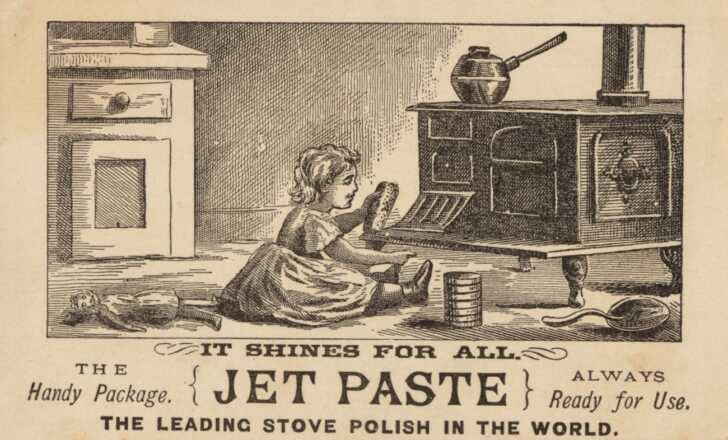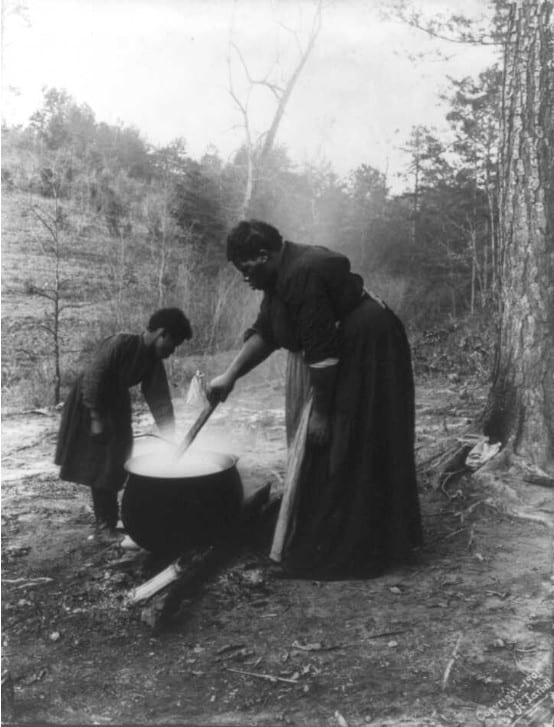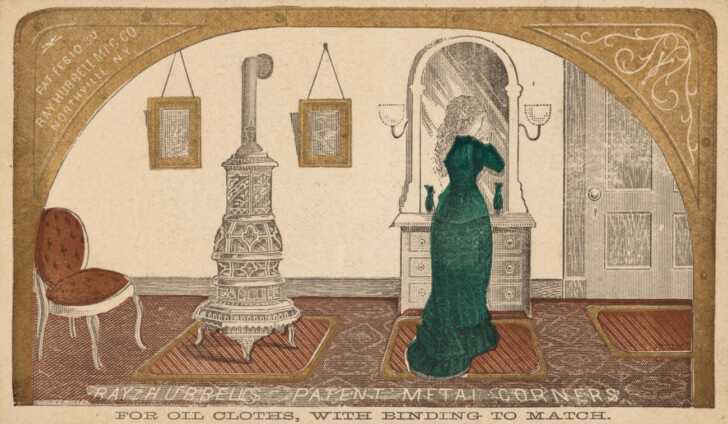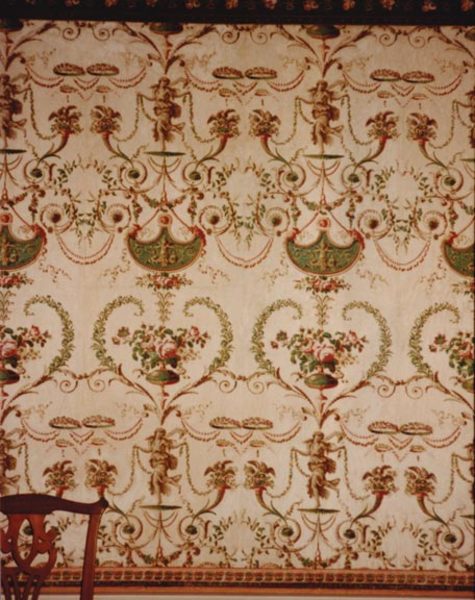Creative Techniques For Masking Dirt Through History
In the past, people have devised clever ways to hide dirt and maintain the appearance of cleanliness in their homes.
Before the advent of modern cleaning products and appliances, maintaining a spotless appearance required creativity and ingenuity. From applying special substances to using dark-colored fabrics, these ingenious methods helped mask the inevitable mess of daily life.
Let’s take a look at some of the most ingenious techniques our ancestors used to keep their homes looking clean and tidy.
1. Laundry Bluing

Before modern laundry detergents with optical brighteners existed, people used a mysterious little blue bag in the final rinse water. This was known as laundry bluing, a method to make yellowed fabrics appear whiter.
Sweat and natural oils from the skin can cause fabrics to turn yellow. To counter this, laundry bluing added a slight blue tint to the fabric, which neutralized the yellow, making it look white again.
Since bluing would rinse out over time, 19th-century women had to use it with every wash to keep their clothes bright.
Laundry was a labor-intensive process so people started searching and producing modern methods and machines to simplify it.
Many early bluing products had “French” in their name because the first synthetic blue pigments were produced in France.
2. Stove Blacking

In the 1800s and early 1900s, iron stoves were the heart of the home. Whether big or small, these stoves were recognizable by their dusky black color.
They served multiple purposes, heating the room or entire house, acting as the cooktop, and even boiling water.
However, spills of water or grease could cause discoloration or rust. To maintain their appearance, stove blacking was applied regularly.
This solution, often made from graphite (referred to as plumbago in the 1800s), restored the stove’s even black color. Stove blacking was a common part of spring cleaning but had to be done frequently to keep the stoves looking their best.
3. Dyeing

This photo taken 1901 features African American women and her daughter washing clothes in a large cauldron outdoors. It shows that in the old days, people paid attention to stains on clothes.
In the 1800s and earlier, women often faced the challenge of keeping their long skirts clean, as the hems would get dirty from brushing the floor or ground. One simple solution was to dye the skirts, which helped conceal the brown or black stains.
When the hems became too stained or damaged, another common practice was to add a strip of fabric around the bottom. This not only covered the marks but also extended the life of the garment.
These practical approaches allowed women to maintain a neat appearance without needing to frequently replace their skirts.
4. Floor cloths

Even if one couldn’t afford luxurious rugs made of silk and wool, painted rugs were a more accessible option for many. These heavily oiled, painted, and lacquered canvas pieces brightened up a room and effectively hid dirt.
The tradition of painted floor cloths originated in Europe and was brought over by the first immigrants to the US. In colonial times, floor cloths often featured stenciled or tole patterns.
However, during the days of Westward expansion, many pioneer artists created freehand designs on their floor cloths.
These durable cloths were ideal for sod homes and lean-tos because they transformed dirt floors into surfaces that felt more like sanitary wooden or linoleum floors found in less-humble houses.
Unlike wool rugs, these cloths could be easily wiped clean. In some cases, old sails were repurposed into floor cloths like these. There was even a market for metal edgings to finish the cloths off, making them extra durable and extending their lifespan.
This practical solution helped maintain a semblance of cleanliness and comfort in otherwise rugged living conditions.
5. Wallpaper

In the past, wallpaper was initially a luxury, used to decorate the walls of wealthy homes. However, after the Industrial Revolution, it became more affordable and found its way into houses with less money to spare.
In poorer homes, wallpaper often served a practical purpose: hiding dirty or molding walls.
Before the advent of scrubbable wallpapers, it was believed that papers with dark, muted colors or a dot pattern, known as a pin ground, would effectively conceal fly marks or other spots.
This use of wallpaper not only added a decorative touch but also helped maintain a cleaner appearance in homes.

